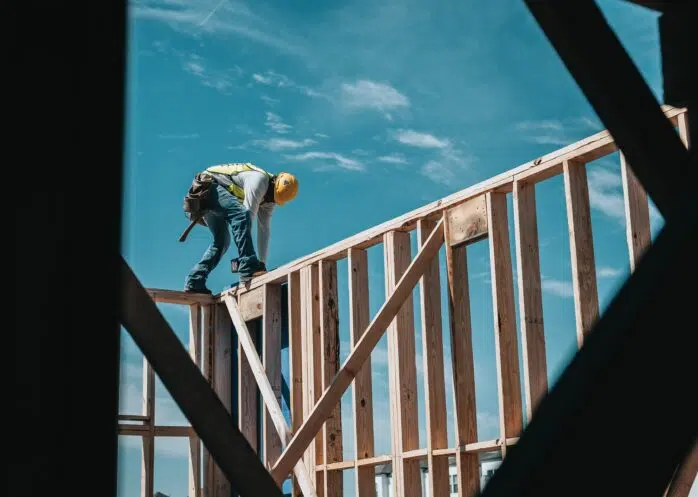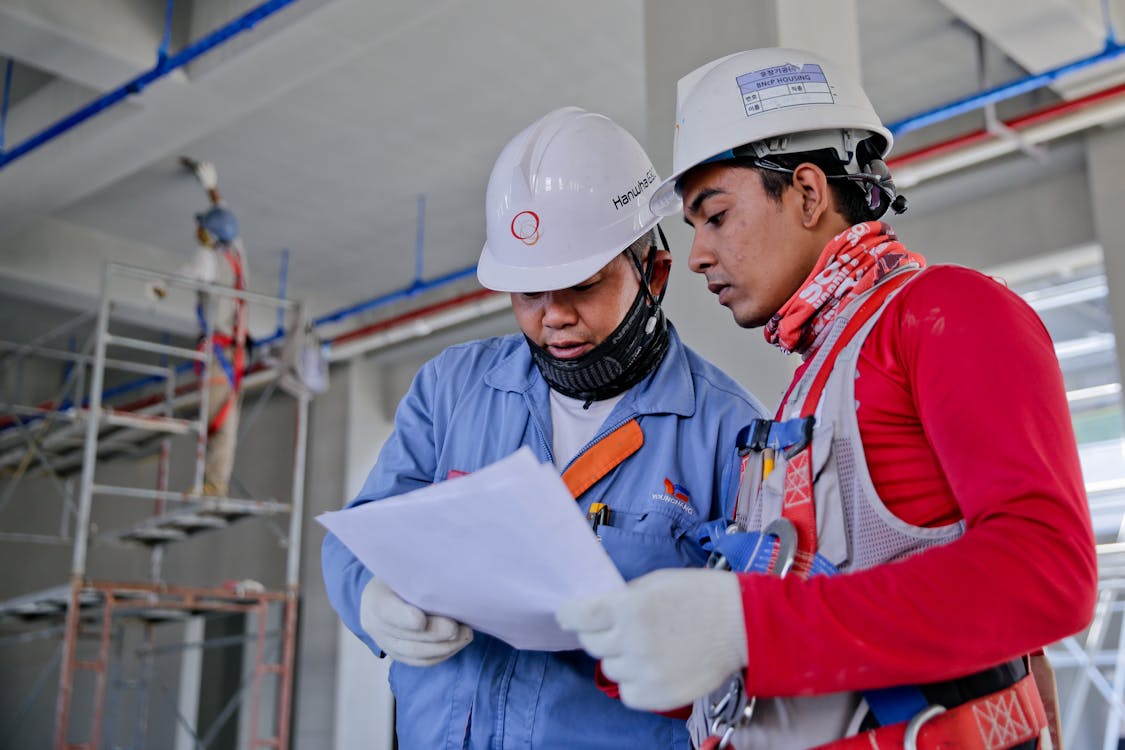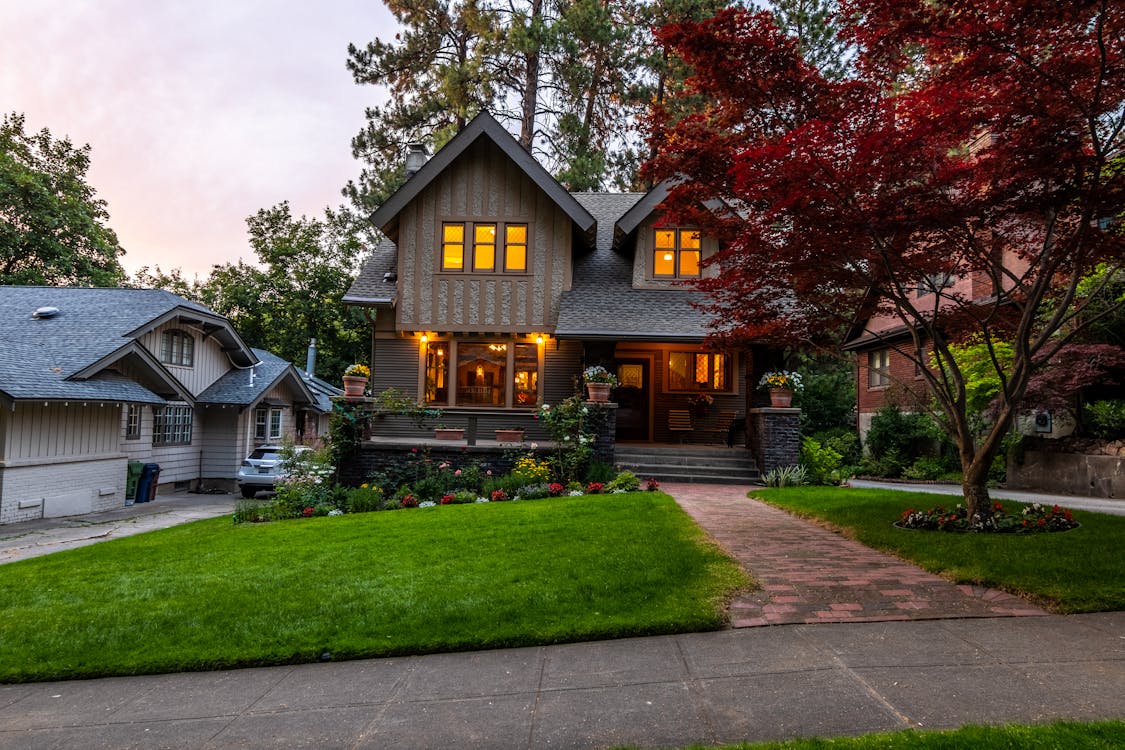Owner Builder Loans

Planning On Building Your Own House?

You’re determined to build your dream home yourself, rather than use another builder.
This is absolutely possible if you’re a builder and have experience in constrcution. If you opt for an owner builder construction loan, you’re in control. However, you should be aware of the responsibilities, benefits, and risks that come with it.
Today we’ll discuss owner-builder construction loans, the cost estimates, and the application process for your home loan.
Scroll down for more.
Who is an Owner-Builder?

Let’s start with the definition of a person with the “owner builder” title.
An owner builder is a person that owns the land on which the house is going to be built and also participates in the process as a “general contractor”. NSW Fair Trading releases permits for these if the construction is more than $10,000 and requires development consent from council.
Owner builder loans require a certain degree of prior knowledge of building and construction, which is why only a few lenders provide this type of facility, and often with strict parameters.
However, if you have the experience lenders require, this home loan will prove to be very cost-effective, practical, and rewarding.
Owner-Builder Job Description
As the owner builder, first, you will be responsible for creating a budget for your construction project. But this is just a surface layer of your building contract.
Owner builder’s day-to-day responsibilities include:
- Obtaining the required business permits for the job
- Purchasing materials for the construction projects
- Scheduling and using licensed tradespeople and contractors
- Avoiding delays
- Preventing conflicts of any nature
- Distributing funds
Are you supposed to work in construction as well?
Owner builders are seen by NSW Fair Trading as people who have the skill or capacity to build their own house or supervise construction and building.
Owner Builder Skills Required

If you’re interested in taking up such a responsibility, let’s glance over the required skills. Here’s what you need to be good at:
Construction Skills
Construction-related skills are the first skills you need to master if you want to build your own home. Naturally, this means you know how to get around the construction site and operate the machines and equipment, supervise licensed tradespeople etc.
Financing Skills
The second skill is related to finance, of course. Since you are the head of construction, it is up to you to determine the build cost that will be respected during construction. Also, you should consider potential overruns and damages that may occur during the process.
Don’t leave anything to chance.
Leadership Skills
Another vital skill you should have as an owner builder is leadership. Again, you’re project manager here, so you’ll need to know how to delegate responsibilities properly, with clarity, and without causing confusion among contractors.
Applying For Owner Builder Loans

Generally speaking, there are more stringent requirements to obtain an owner builder loan. This is primarily because of the risk factors associated with owner builder projects, what’s seen as higher risk than typical home loans due to the lack of impartiality between owner and builder.
Working with a mortgage broker to find banks and other lenders who will be amenable to an owner builder loan, whether there are any specific conditions for the loan approval (eg do you need to be a licensed builder), whether you should seek pre approval are all important before you start construction.
Here are some basics on home owner building loans.
Create A Business Plan
Engaging in an owner builder project requires a lot of planning. Building a house is a complex project, to say the least, and you’ll have to develop a business plan before you even begin the construction.
Your business plan should have the timeline outlined, as well as the following points:
- Required permits
- Council Approval
- Licensed builders & tradespeople
- Material costs
- Labour fees
- Cost estimate
Qualify for A Owner Builder Loan
The next step is the qualification process. Lenders offering builder loans will have to look into your financial history to ensure your experience, financial position, and the likelihood of success. The checklist they’ll be going through includes the following points:
- Your income
- Credit score
- Cash reserves
- Debt-to-income ratios
Besides the points we’ve covered, the lenders will likely require your money first in the build. A bank valuer will also inspect the plans, conduct a valuation on the property as is and on completion. Concerning this, the business plan you’ve outlined indicates that you know what you’re doing.
Upon Loan Approval
Say your loan application went successfully and the loan approved. Now, it’s time to gather the contractors and officially start the process of building your home, standard construction commencing.
Should I Seek Pre Approval?
Yes, and here’s why.
The process is quite complex, and therefore, it requires serious technical as well as coordination skills. Getting pre-approval will allow you to have a better insight into the maximum loan amount, any conditions, additional funds required, etc. Many lenders do offer pre-approvals, and your mortgage broker can assist.
Is An Owner Construction Loan Expensive?
People assume that because there are limitations regarding the approval process, these loans tend to be more expensive. In truth, their price is in the same range as other mortgages.
What Are Progress Payments?
Progress payments are payments made to the owner of the property by the lender. The Progress Payment Schedule will outline the details regarding the stages and percentages in which these payments will be made.
What About Partially Built Homes?
Should you fall in to difficulty through the build, many lenders won’t entertain a construction loan/refinance mid-build. There are other lenders and second-tier financiers that may assist in these special circumstances.
The Pros and Cons of Owner builder Home Loans

Pros
When you’re building your own home, you have the opportunity to create significant equity by reducing the costs that would be paid to a third party, holding at completion, or even selling the property once you’re done with the project.
Being an owner builder and engaging in this process enables you to save money.
Cons
One of the main disadvantages of this type of loan is obtaining it. Owner builder loans definitely require a lot more paperwork and specifications than other home loans. Considering the limitations, many people prefer to hire another licensed builder rather than do it themselves.
Another drawback to this is that some lenders will not provide owner builder finance, and most banks take a more stringent view.
Steps To Becoming an Owner Builder

1. Obtain A White Card
The first step to conducting works on your property and becoming an owner builder is obtaining a White Card (also known as a current general construction induction training card). This is simply a document that all construction workers in Australia are required to have in their possession when the work is valued at more than $20,000.
In other words, this is evidence that you’ve successfully completed a General Construction Induction Course, i.e., the White Card course. Besides owner builders, surveyors, site managers, and labor workers are all required to have this document with them.
Owner Builder Training Courses typically last from 3 to four weeks; however, the length of these courses may vary in time. The Registered Training Organisation will provide a range of courses.
2. Obtain A Certificate of Consent
The next step involves obtaining a Certificate of Consent. This is particularly important if you’re not a registered builder or your construction exceeds $16,000 in cost estimates.
Before you start, you’ll need council approvals via development consent or complying development certificates (CDC).
3. Apply for a Permit
Before starting the construction process, you might need to apply for relevant permits with your local council – a planning permit, building permit, or occupancy permit. In some cases, you’ll have to apply for all three.
Here, it’s important to note that you should contact a building surveyor to issue the building permit and occupancy permit upon completion.
4. Hire Contractors & Sign Contracts
Since you are the one delegating responsibilities and creating the plan, the next step is to hire licensed contractors who will do the work on your property, be it your own home or an investment property.
These are some jobs you need to keep in mind: grading and site preparation, roofing, installing windows and doors, plumbing, etc.
Working with other contractors and tradespeople involves entering into contracts. You’ll need to agree on working hours, plans in more detail, and payment methods. A quantity surveyor can help you estimate control costs for your project.
Extra tips:
Check if your contractors are working under insurance. Public liability insurance helps you cover third-party injuries. Also, one idea is to look at Owner Builders – Latent Defect Insurance. It helps you with unforeseen structural defects for a partially built home or should rectifying work be required.
5. Organize Inspections
Even if you’re not required to be present on the construction site 24/7, a wise thing to do is organize inspections every now and then to oversee the works. This will help you maintain peace of mind and have an insight into the progress that’s taking place on your property.
Final Thoughts
We’ve successfully closed the topic on owner builder loans, how they function, cost estimates, and what are some of the pros and cons of this funding process.
Primarily, an owner builder home loan represents an opportunity for people to participate in the construction project of their new home. Most lenders require some history in the construction industry.
Once you’re approved, the lender will release funds via progress payments to the owner builder.
Taking on a construction loan involves a lot of planning, budgeting, ensuring that the project is viable.
If you’re interested in buying land and then building on that land, another option is to inquire about house and land packages.
